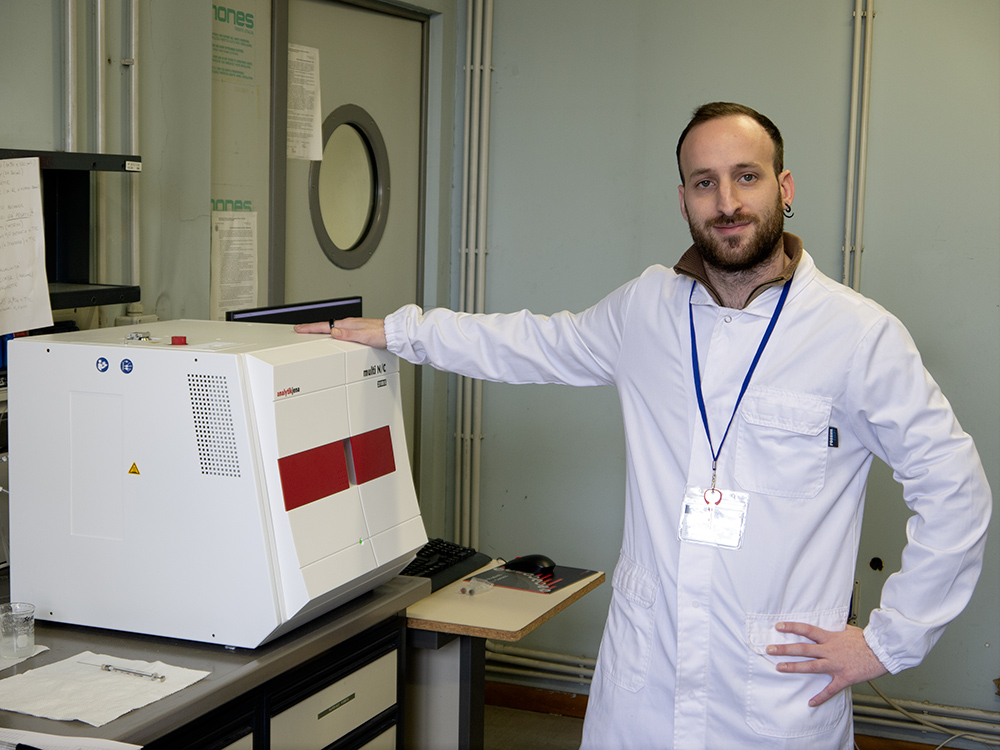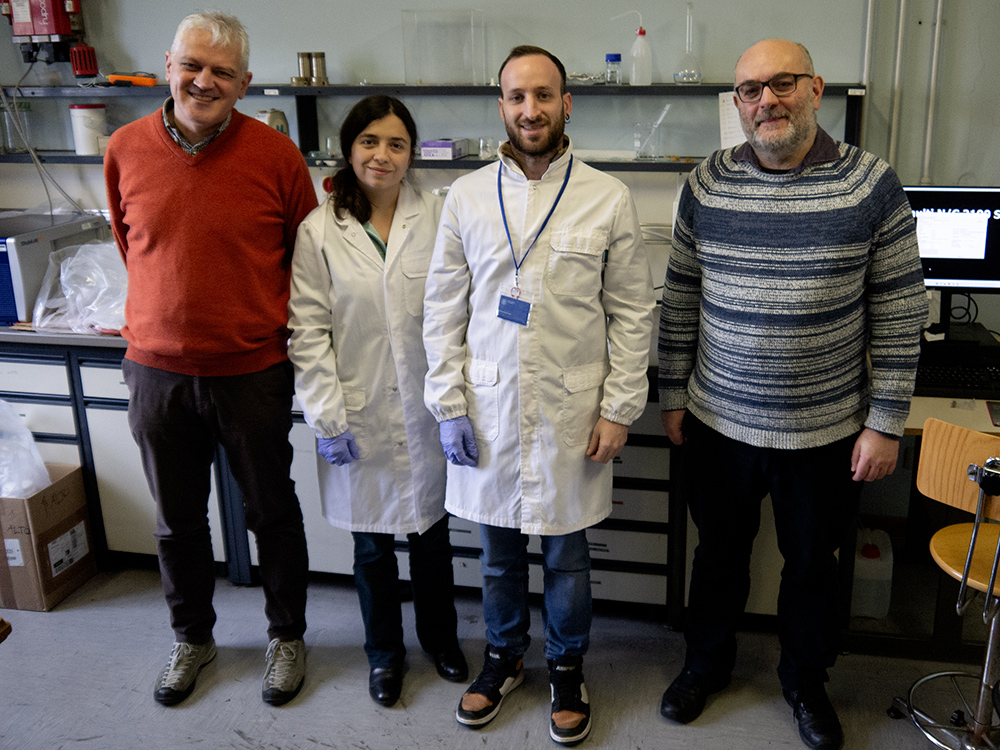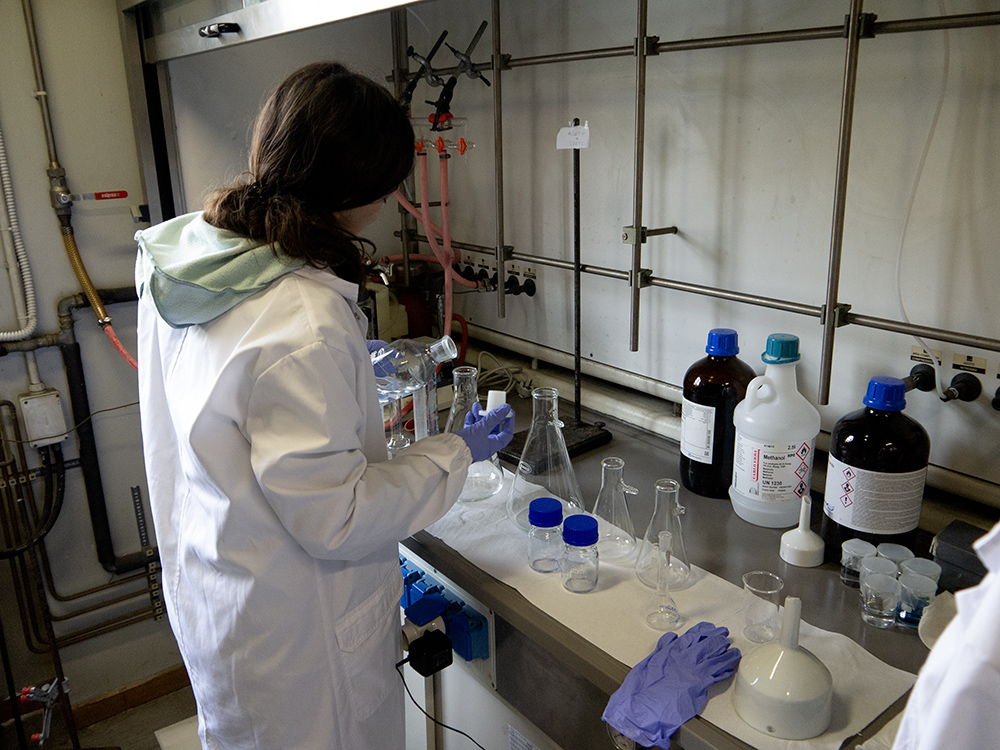Scientific researches
Limenet has been working with scientists from different research centres from Politecnico di Milano, Milano-Bicocca University and CMCC to study all BOAE (Buffered Ocean Alkalinity Enhancement) uncertainties. In particular, Limenet is researching:
Abiotic precipitation
Marine storage of CO₂ in the form or hydrogen carbonate and carbonate ions appears to be a viable option for the long‐terms storage of CO₂, in view of the following:
CO₂ is known to be stable in water in the form of hydrogen carbonate or carbonate ions (the relative quantities depend on the pH, temperature, pressure, etc.). In aqueous CO₃²‐ or HCO₃‐, the CO₂ is chemically bonded exactly like in the solid form of these two ions, which are stabilized also in solution. Therefore, the transformation into pure solid form of carbonate/hydrogen carbonate salt of Ca (or other metal ions) is not the only way to store CO₂ in the form of carbonate/hydrogen carbonate (Source Politecnico di Milano).
Adding alkalinity to seawater shifts the pH and carbonate ion concentration and could cause abiotic precipitation of calcium carbonate (CaCO₃) or brucite (Mg(OH)₂). This is important to characterize as this precipitation results in CO₂ outgassing. It remains to be determined what specific combination of suitable nucleation conditions and supersaturation of CaCO₃ is needed to cause significant precipitation. Abiotic precipitation can be minimized by controlling the particle dissolution rate and the dilution and dispersal of equilibrated alkalinity-enhanced water. (Source Carbon Plan¹)
During 2022-2023, Limenet developed two experimental analyses with Politecnico di Milano to study the chemical stability of equilibrated alkalinity added into the ocean.
This was done by simulating different calcium bicarbonate concentrations in different seawater samples.
This helped us to reach a specific Omega Aragonite critical for abiotic precipitation.
The experiments were divided into two parts:
-
Laboratory experiments
-
Field experiments
Preliminary experiments
Initial sampling
Field experiments
Weekly sampling

Sampling in La Spezia
Transport in Milan
Analysis of TIC, alkalinity and pH

Preliminary experiments
Initial sampling

Field experiments
Weekly sampling

Sampling in La Spezia
Transport in Milan
Analysis of TIC, alkalinity and pH
With this test we were able to set up the method to study abiotic precipitation and understanding its efficiency compared to theoretical one.
More tests will be done in the next future.
The work is intended as an illustration to understand the chemichal stability and kinetics of calcium bicarbonates though time in order to guarantee the permanence of the storage though time.
Thanks are due to Professors Macchi Piero and Raos Guido of the Politecnico di Milano chemical department, Professors Caserini Stefano of the Politecnico di Milano Environmental department, who contributed to this project, as well as to PhD student Selene Varlerio and Federico Comazzi.
For further informations discover more on our report.
Biotic precipitation
Since calcification releases CO₂ as a by-product, any changes to the rate of biotic calcification in response to alkalinity additions to the surface ocean must be considered. Changes in biotic calcification rates could occur in both coastal and open ocean waters, and at the level of individual calcifiers or calcifier populations.
With this research we try to quantify the biotic calcification response to alkalinity addition.
Limenet has in its timeline projects the realization of specific experiments with benthos and plankton followed by Professor Daniela Basso from the University of Milano Bicocca.
Limenet will conduct that research in 2024 with Professor Daniela Basso from the University of Milano Bicocca and Professor Arianna Azzellino from the University of Politecnico di Milano.
Marine bicarbonate monitoring
In order to avoid abiotic and biotic precipitation, is important to study the Omega Aragonite and Calcite saturation across the injection site of Limenet facility.
The aim of this work is to collect and illustrate the simulation and distribution of calcium bicarbonates in an oceanic environment at depth, with the aim of storing the carbon dioxide absorbed from the atmosphere through the BOAE (Buffered Ocean Alkalinity Enhancement) novel techniques.
The aim of the simulations will be to evaluate the distribution of the saturation state of the water Ω during a discharge cycle, in order to assess the probability of carbon dioxide leakages, thus studying a suitable discharge method to minimize the risk.
The work is intended to understand the modelling choices made and the underlying assumptions, as well as the equations adopted, the simulated environment and the computational aspects of interest. Thanks are due to Diego Bindoni, Professors Abba’ Antonella, Caserini Stefano, Macchi Piero and Raos Guido of the Politecnico di Milano, who contributed to this project, as well as to PhD student Selene Varlerio than to CMCC and in particular to Giovanni Coppini, Simona Masina and Thomas Lovato.
With this novel techniques is possible to study and monitoring where calcium bicarbonates produced by Limenet facility are dispersed into the ocean with an high confidence.
For further informations discover more on our report.
Effect on marine biota of calcium bicarbonates
Limenet did a qualitative test in mesocosm during 2022-2023 at La Spezia Facility.
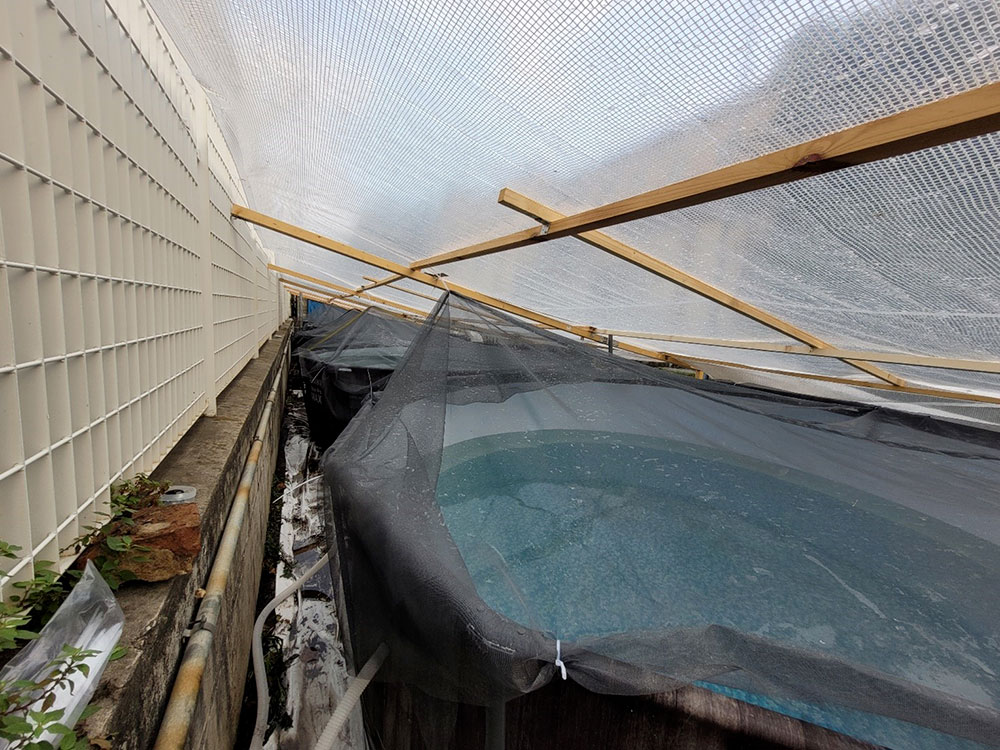

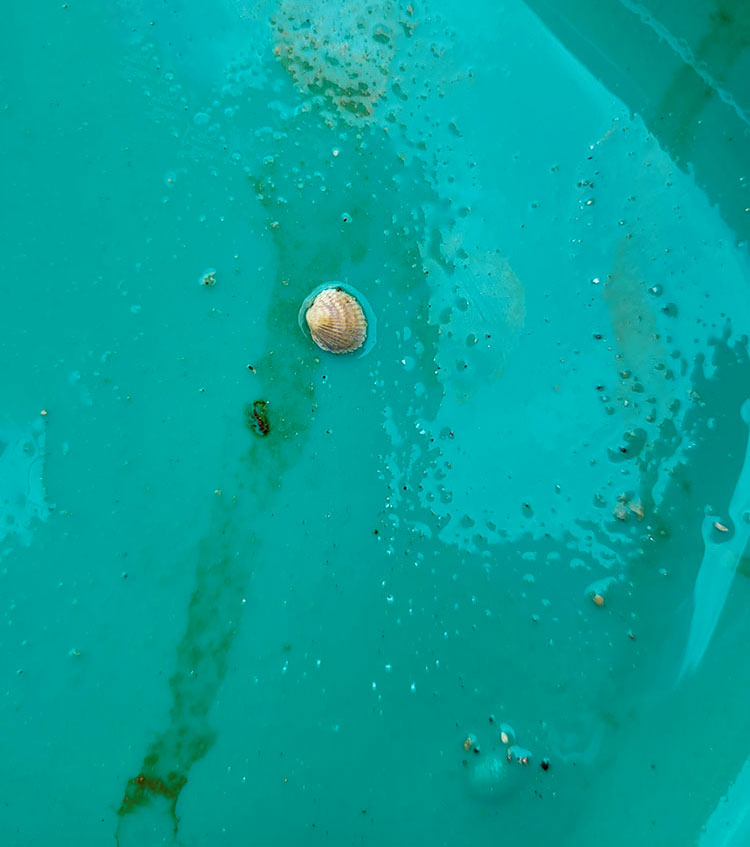

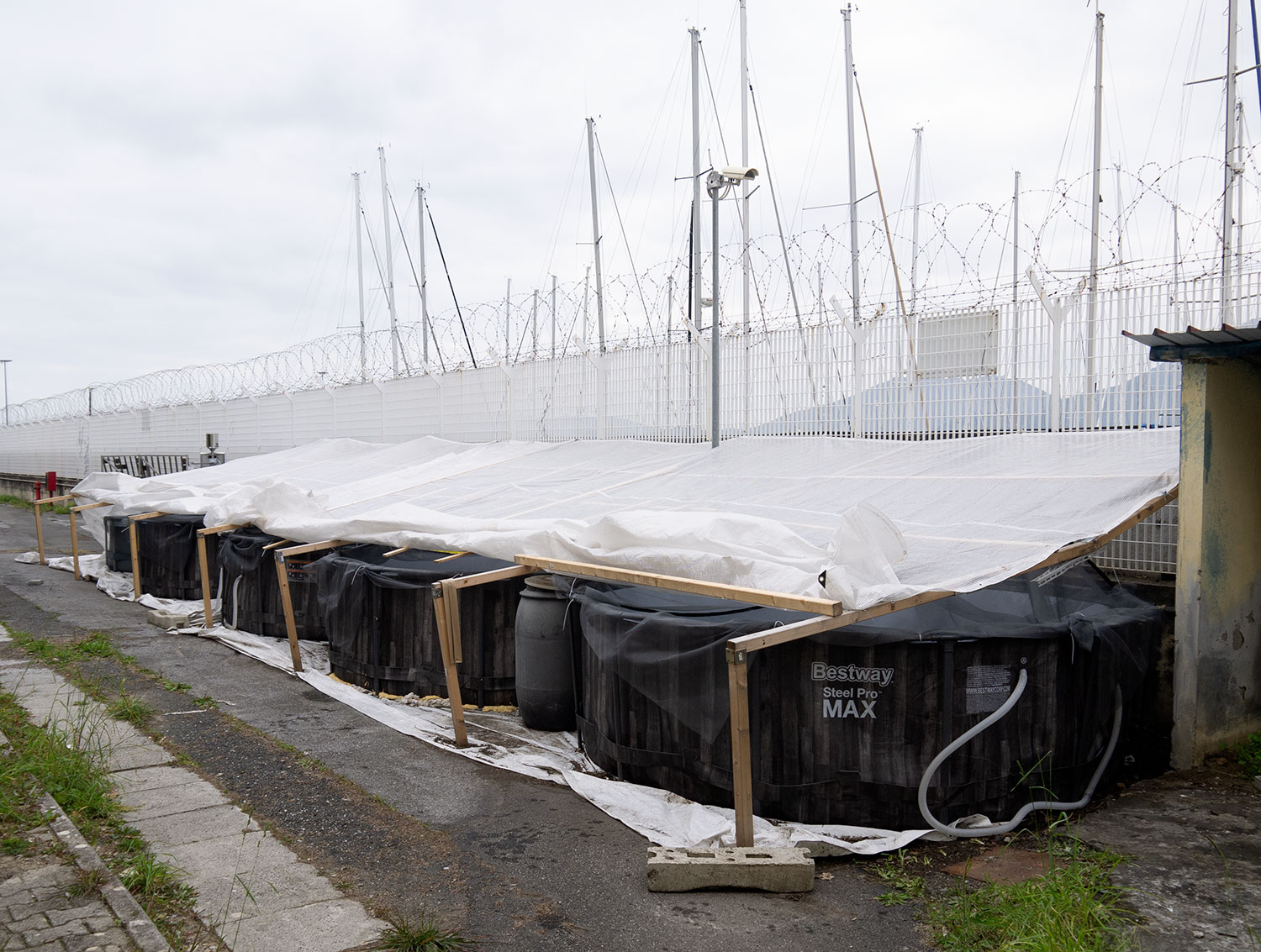
We saw in mesocosm a qualitative enhancement of calcified organism in higher alkalinity mesocosm, but we haven’t quantified it yet. More tests will be done in 2023 Q4 and 2024 Q1 to assess the beneficial impact of BOAE on Marine biota.
This work will be done by Professor Daniela Basso and Arianna Azzellino. The same as they did here: https://meetingorganizer.copernicus.org/EGU23/EGU23-10342.html but with BOAE approach.
Sources
¹ https://carbonplan.org/research/cdr-verification/ocean-alkalinity-enhancement-mineral
² Ocean Alkalinity Enhancement – Avoiding runaway CaCO3 precipitation during quick and hydrated lime dissolution. https://doi.org/10.5194/bg-2021-330
³ Stability of alkalinity in ocean alkalinity enhancement (OAE) approaches – consequences for durability of CO2 storage https://doi.org/10.5194/bg-20-781-2023
⁴ https://www.frontiere.polimi.it/co2-capture-and-storage-a-promising-technology-to-fight-climate-change/?lang=en


